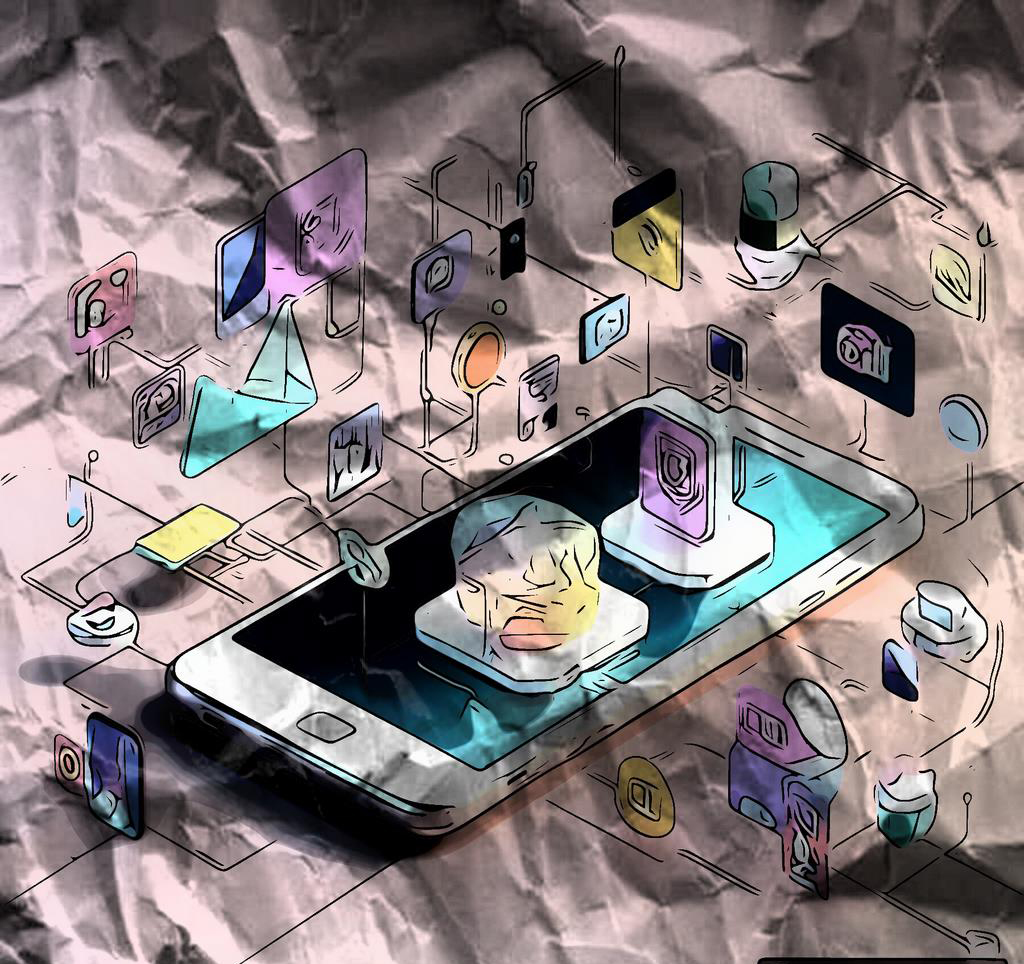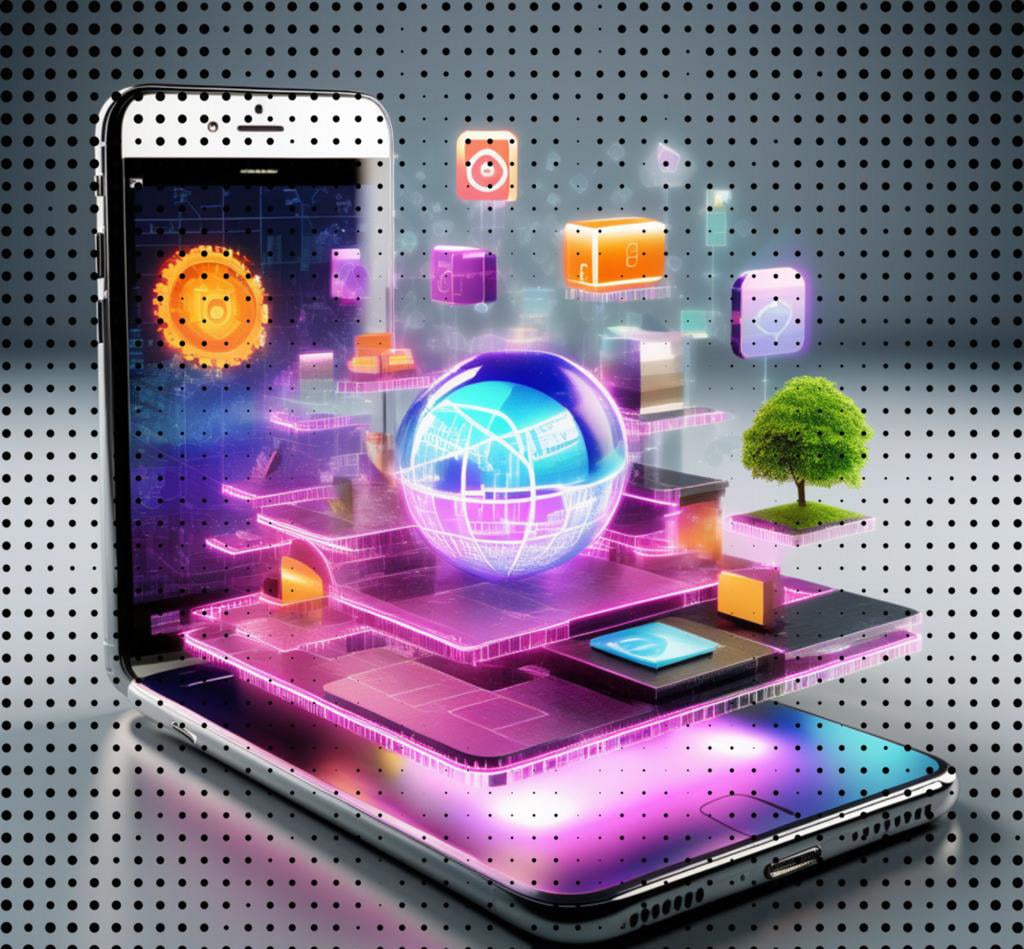
The realm of artificial intelligence is rapidly evolving at an unprecedented pace. Conversational AI, a subset of this dynamic field, is particularly captivating due to its ability to simulate human-like conversations. At the forefront of this revolution stands ChatGPT, a powerful language model developed by OpenAI. This sophisticated AI tool has captured the imagination of developers and users alike with its remarkable talent to understand and generate human language with unexpected accuracy.
- This innovative AI's
- capabilities
- span
Beyond ChatGPT, a vibrant ecosystem of conversational AI platforms is taking shape. From virtual helpers to chatbots designed for customer service and education, these innovations are disrupting the way we communicate with machines.
more infoThe Rise of AI: ChatGPT and its Rivals vs. The World: Exploring AI Chatbot Capabilities
The realm of artificial intelligence has transformed the way we engage with technology. Amongst of this transformation is ChatGPT, a powerful language model developed by OpenAI. Its ability to generate human-like text has captured widespread attention and sparked a conversation about the potential of AI chatbots. Nevertheless, ChatGPT is not alone in the field.
A growing ecosystem of AI chatbots has sprung up to compete ChatGPT's dominance. These alternatives provide varied features and capabilities, ranging from specialized areas to enhanced conversational styles. The battle between ChatGPT and the rest of the AI chatbot world is escalating, indicating a future where AI-powered conversations become even more complex.
- Understanding user intent with precision
- Generating creative and compelling text
- Customizing responses to specific users
- Linking with other tools
Delving into the Power of Generative AI: ChatGPT's Impact on Communication
Generative AI technologies, particularly large language models like ChatGPT, are transforming the landscape of communication. ChatGPT's capacity to generate human-like text in a conversational manner has opened up a plethora of applications across diverse fields. From accelerating customer service interactions to enhancing creative writing processes, ChatGPT is rapidly becoming an essential tool for individuals and organizations alike.
One benefit of ChatGPT lies in its potential to tailor communication experiences. By interpreting user input, ChatGPT can generate replies that are relevant to the individual's needs and context. This degree of personalization can cultivate stronger connections and enhance overall satisfaction.
Another noteworthy impact of ChatGPT is its ability to democratize communication. By providing a user-friendly interface, ChatGPT overcomes the technical barriers that often hinder individuals from expressing themselves effectively. Thiscan be particularly beneficial for people with limitations who may encounter obstacles with traditional communication methods.
With the continued development and refinement of generative AI technologies like ChatGPT, we can anticipate even greater transformative changes in the way we communicate.

The Rise of AI Assistants: How ChatGPT is Shaping Our Interactions
AI assistants are revolutionizing the way we engage with technology. ChatGPT, a leading example in this field, has demonstrated its ability to produce human-like text, making it a powerful tool for a wide range of applications. From customer service to education, ChatGPT is transforming how we work.
Its complex natural language processing capabilities allow it to comprehend user requests and provide relevant and informative responses. This has led to increased effectiveness in various sectors, freeing up human resources for more innovative tasks.
However, the rise of AI assistants also presents ethical considerations that need to be carefully addressed. It's crucial to ensure responsible development and deployment of these technologies to mitigate potential biases and safeguard user privacy.
Despite these challenges, ChatGPT's influence on our interactions is undeniable. As AI technology continues to evolve, we can expect even more revolutionary applications that will further mold the way we interact with the world around us.
Meet ChatGPT: The Ultimate AI Writing Assistant
In the rapidly evolving world of artificial intelligence, text-based assistants are becoming increasingly sophisticated. Among these, ChatGPT stands out as a groundbreaking tool capable of generating human-quality text across a wide range of applications. This versatile platform can be your personal AI companion for tasks such as writing stories, summarizing information, translating languages, and much more.
Powered by the latest advancements in deep learning, ChatGPT understands your input and generates coherent and contextually relevant responses. Its vast knowledge base and skill to learn from massive datasets allow it to produce original content that meets your specific needs.
For instance you're a student struggling with writing assignments, a professional wanting to streamline your workflow, or simply eager to explore the potential of AI, ChatGPT is an invaluable resource.
- Unleash the power of AI-generated text.
- Improve your writing productivity and creativity.
- Utilize a versatile tool for various applications.
Ethical Considerations in AI Chat
As AI chat technology rapidly evolves, it presents a myriad of ethical considerations that demand careful scrutiny. Developers must strive to create AI systems that are not only sophisticated but also moral. Key concerns include bias in training data, the possibility of misuse, and the influence on interpersonal relations. It is vital to define clear ethical guidelines for the development and deployment of AI chat to ensure a outlook where this technology benefits society in a substantial way.
- Accountability in AI decision-making processes is paramount to building trust and understanding.
- Privacy concerns must be considered rigorously to protect sensitive information.
- Dialogue between AI researchers, ethicists, policymakers, and the public is essential for shaping the ethical trajectory of AI chat technology.